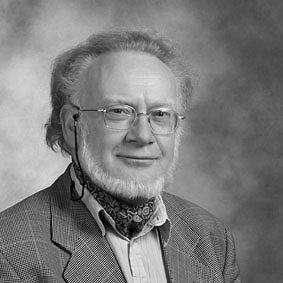[Seminar] Models for the evolution of respiratory diseases: the interplay of limited cross-immunity with infectivity that decreases with virulence

Date
Location
Description
Speaker
Professor emeritus Hans (=J.A.J.) Metz, Institute of Biology and Mathematical Institute, Leiden University, the Netherlands
Abstract
Standard models for the evolution of virulence traditionally assume a trade-off between inverse disease-induced mortality rate and infectivity, resulting in intermediate virulence. The underlying intuition is that faster-growing populations of disease agents both do more damage and produce more infective particles. This intuition implicitly assumes a well-mixed host body. In reality both damage and infectivity depend mainly on the location in the body where the agents lodge. This is related i.a. to the surface proteins that allow agents to dock on and penetrate into different cell types. The typical example is respiratory diseases where more deeply seated ones are both less infective and more harmful. With the other standard assumption, full cross-immunity between disease strains, this would lead to evolution towards the tip of the nose. In reality cross-immunity depends on surface antigens and hence is at least in part connected to depth. In this talk I discuss a simple adaptive dynamics style model taking on board the aforementioned considerations. This model is then extended by taking on board additional epitope axes on top of respiratory depth. Some tentative, seemingly robust, biological conclusions are: (1) in general higher host population densities are conducive to a higher disease diversity, (2) disease diversity should be higher in the upper air passages than lower in the lungs, (3) emerging respiratory diseases will usually combine a high virulence with a low infectivity, (4) a difference in their morphologies explains the observed large difference in diversity between rhinoviruses and coronaviruses, the two main virus groups behind common colds.
Biosketch
Hans (=J.A.J.) Metz is emeritus professor of mathematical biology at Leiden University. After a PhD on the construction of state-space representations of behaviour, his main research interests became the mathematical theory of physiologically structured populations, where populations are represented as distributions over their state spaces. The mathematical trick is to construct those state spaces and the representation of the environment to which the individuals are exposed so that given the environmental time series individuals become independent and the dynamics of the population state-linear. Moreover, very often the output from the population can be represented by a linear map operating on the population state. All this on the assumption that system size is sufficiently large to allow it to be described deterministically. These observations lead to tools for proving existence and uniqueness of the population equations, as well a general linearized stability results. If the environmental time series is ergodic, a population will in the long run on average grow or decline exponentially. Under the latter condition mutants arrive in such small numbers that for a considerable time the environment stays that of the attractor of the resident community from which it emerged. Mutants will then invade at a probability that can be calculated from a branching process approximation, and if they invade their population will initially grow exponentially at a rate given by their so-called invasion fitness. This observation set him on track for the exploration of the adaptive dynamics approximation to evolution. The resulting mathematical structures turned out to be sufficiently rich to keep him happily occupied for the last 30 years.
Zoom Info
- Meeting URL: https://oist.zoom.us/j/95781775646
Subscribe to the OIST Calendar: Right-click to download, then open in your calendar application.



